| Other Names | Shear Machine Blades、Shear Knives, Shearing Blades, Cutting Blade |
|---|---|
| Place Of Origin | China |
| Application | Metalworking, Manufacturing Plant, Construction works |
| Material | 6CrW2Si, Cr12MoV,9CrSi |
| Model Number | MT-SB |
| OEM Service | Available |
| Payment Terms | L/C, T/T, Western Union |
| Package | Carton box, In wooden cases |
| Delivery Time | 7-20 Days |
Share to:
The shear blade from Nanjing Metal Industral have become the preferred tools in the metal processing industry, due to their excellent performance and stable cutting quality. We manufacture our shear blade using carbon tool steel, alloy tool steel, and other materials tailored to specific processing scenarios. These shearing machine blades undergo precise heat treatment and forging processes to ensure an optimal balance of hardness, toughness, and wear resistance. This allows the shear blade to maintain sharpness over long periods, even when cutting high-strength, high-hardness metals with ease.
Our shear blade is designed with a focus on cutting efficiency and user safety. The unique edge design and optimized geometric angles concentrate the cutting force, allowing quick and accurate metal sheet cuts. Additionally, our shearing machine blades offer outstanding durability and a long lifespan. The high-precision manufacturing process and strict quality control result in minimal wear during cutting, maintaining sharp performance and greatly reducing downtime and maintenance costs in the production process
Welcome to inquire!
If you don’t find the shear blade you are looking for, we can also customize it, see our “Custom Blades” to learn how!
A shear blade, also known as a shearing blade or shear knife, is a crucial component of a shearing machine. It is a cutting tool designed to cut through various materials, most commonly metals (such as sheets, plates, bars, and coils), but also plastics, rubber, and composites, by applying a powerful shearing force. The term “shear blade” refers to the specific blade or set of blades used in the shearing process, where one blade typically moves past another fixed blade with a small clearance to sever the material.
Shear blades are indispensable tools across a wide range of industries for cutting and processing materials. Key applications include:
The material selection for shear blades is critical to ensure durability, wear resistance, and effective cutting performance, depending on the material being processed. Common materials include:
The heat treatment process is also crucial in achieving the desired hardness and durability of the shear blades, typically ranging from HRC 57-62 depending on the material and application. Coatings like titanium can be used for aesthetic purposes but generally do not affect the cutting performance of the edge itself.
Shear blades come in various shapes and configurations depending on the type of shearing machine and the specific cutting operation. Some common shapes and types include:
The geometry of the shear blade, including the blade angle (rake angle or shear angle), the clearance between the upper and lower blades, and the edge configuration (straight, beveled, etc.), is critical for achieving clean and efficient cuts. The rake angle influences the cutting force required, while the blade clearance (typically around 7% of the material thickness) affects the quality of the cut edge. Insufficient clearance can lead to double cuts, while excessive clearance results in burred edges.
Easy to enjoy the convenience of importing, from transportation to customs clearance, we handle the whole process, you just need to pay VAT and wait for the goods to arrive at the company.
We have seen its blades used in countless applications and is ready to handle whatever project you throw our way -delivering accuracy, durability, and unmatched competitive pricing.
Whether you provide drawings, sketches or samples, we are able to draw and manufacture for you. We also have the ability to assist in modifying existing designs and specifications to improve almost any industrial tooling application. Please contact our dedicated sales team to discuss your specific requirements.
A series of testing and inspections are performed to control quality, including first article inspection, Incoming material inspection, and materials certified, In-process quality inspection, Final quality inspection.
Whether you are an importer, distributor, wholesaler or end-user, we welcome you to join us with minimum MOQ, no hassle for inquiry and more freedom for purchasing.
Become your exclusive monitor, regular transmission of every important node in the production line, no matter how far away, the progress of the product as far as possible to grasp!
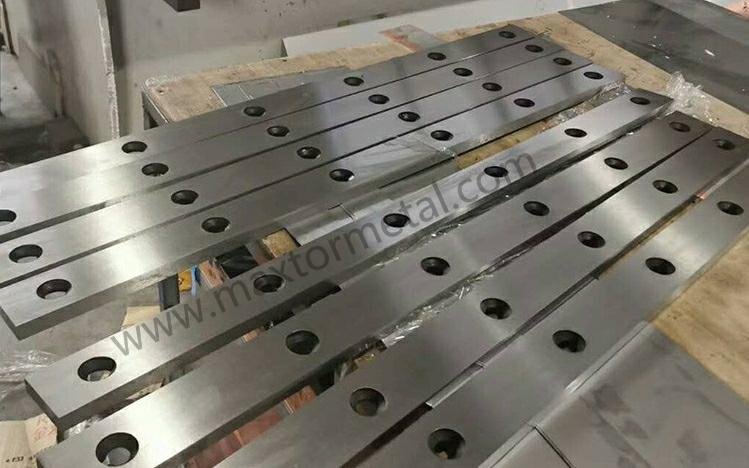
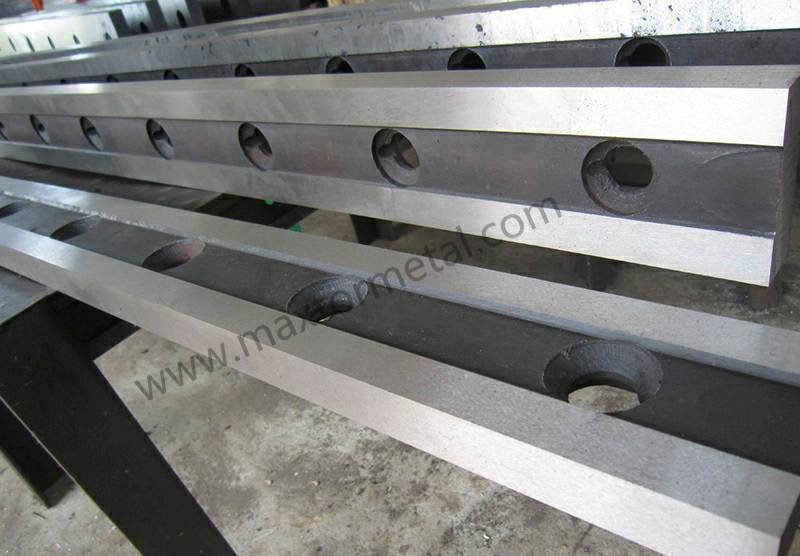
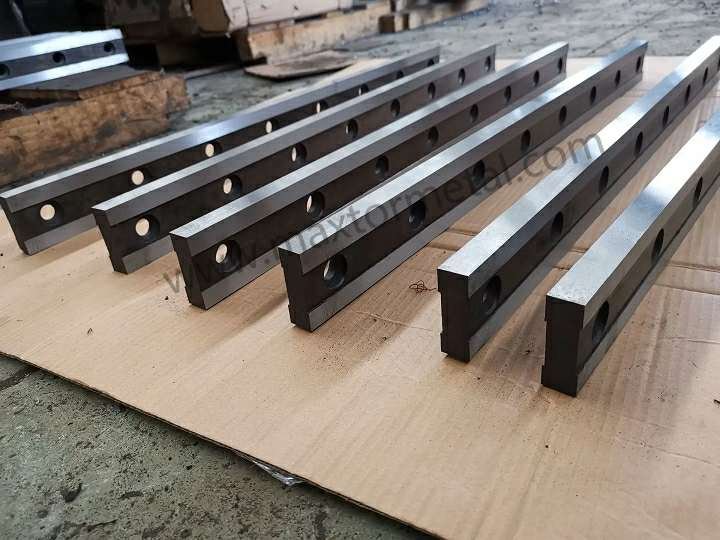

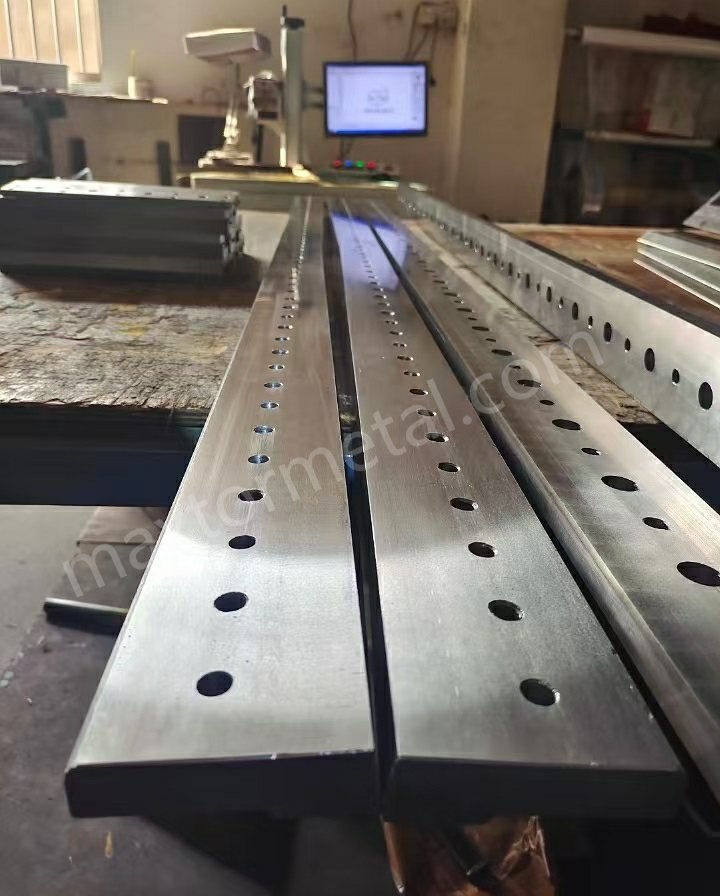
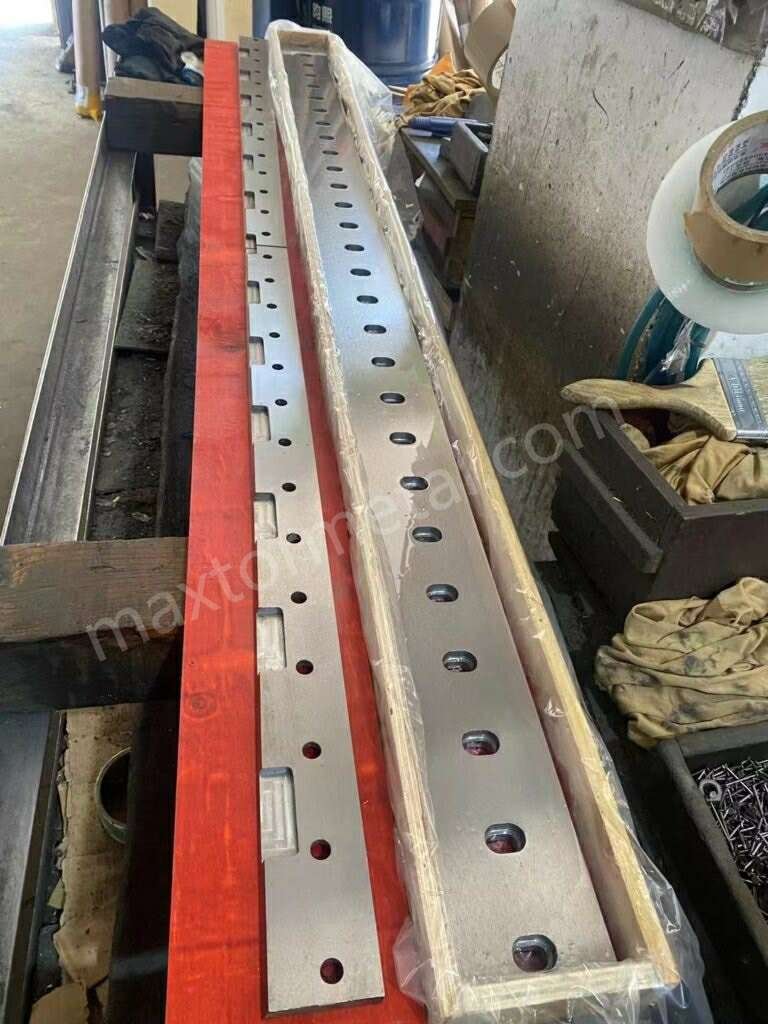
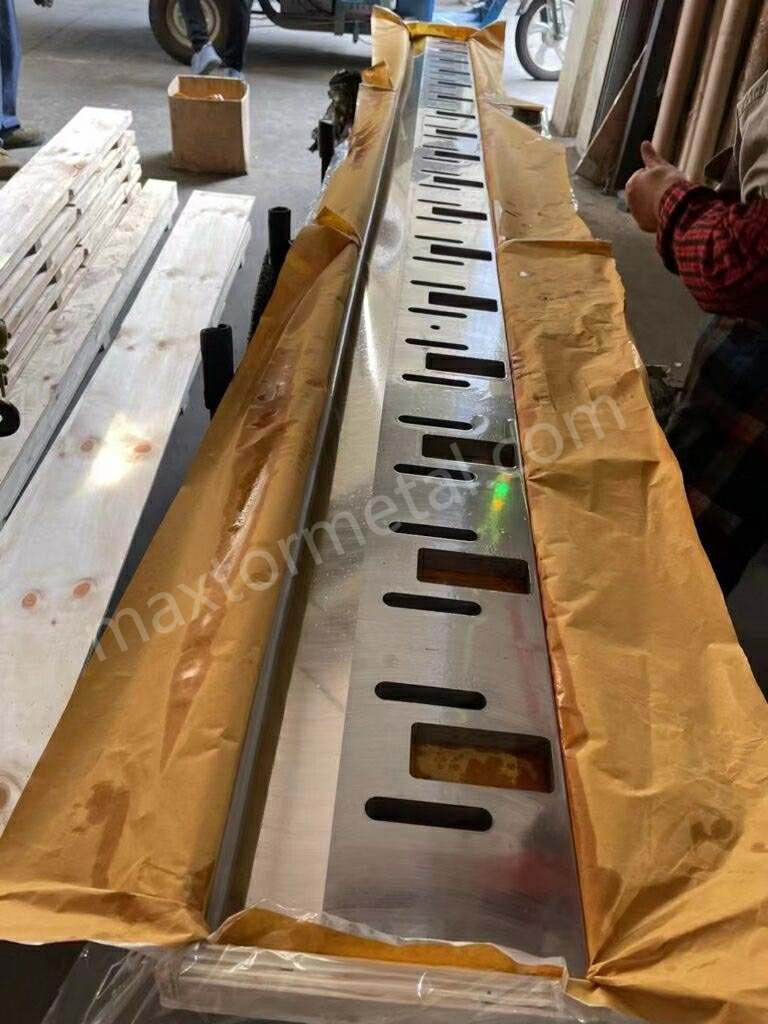


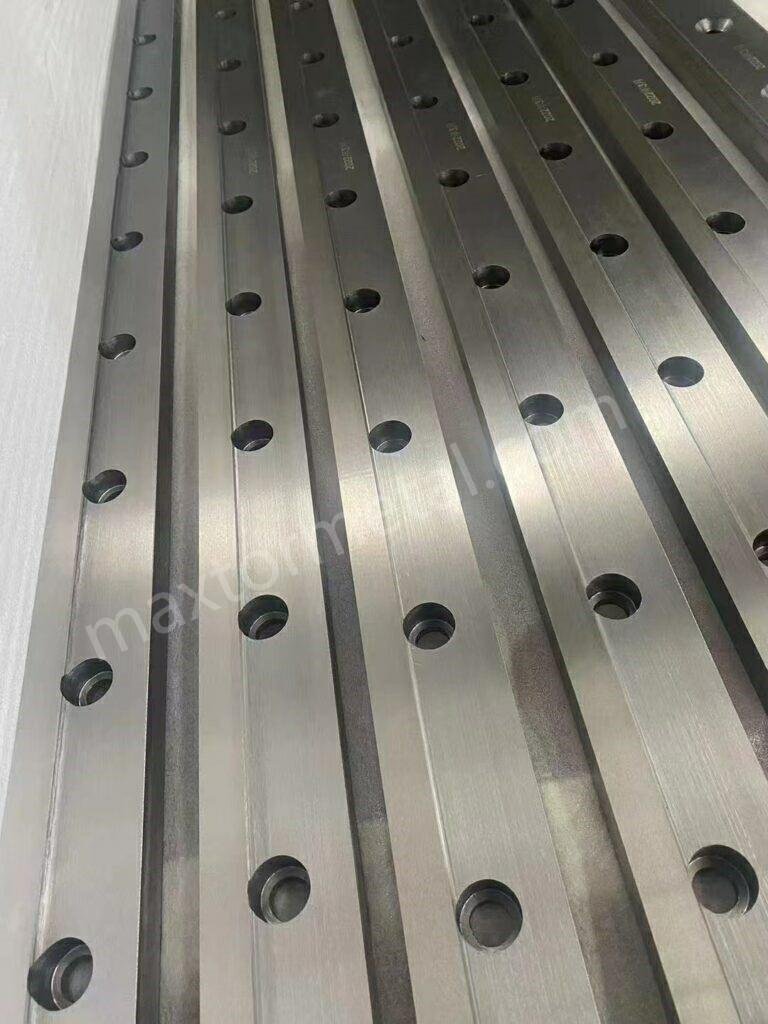
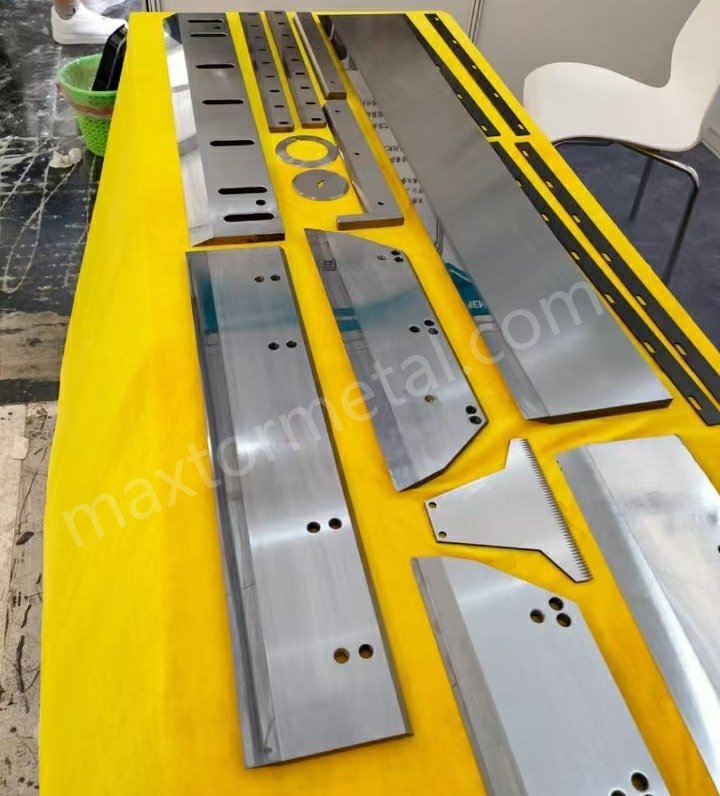
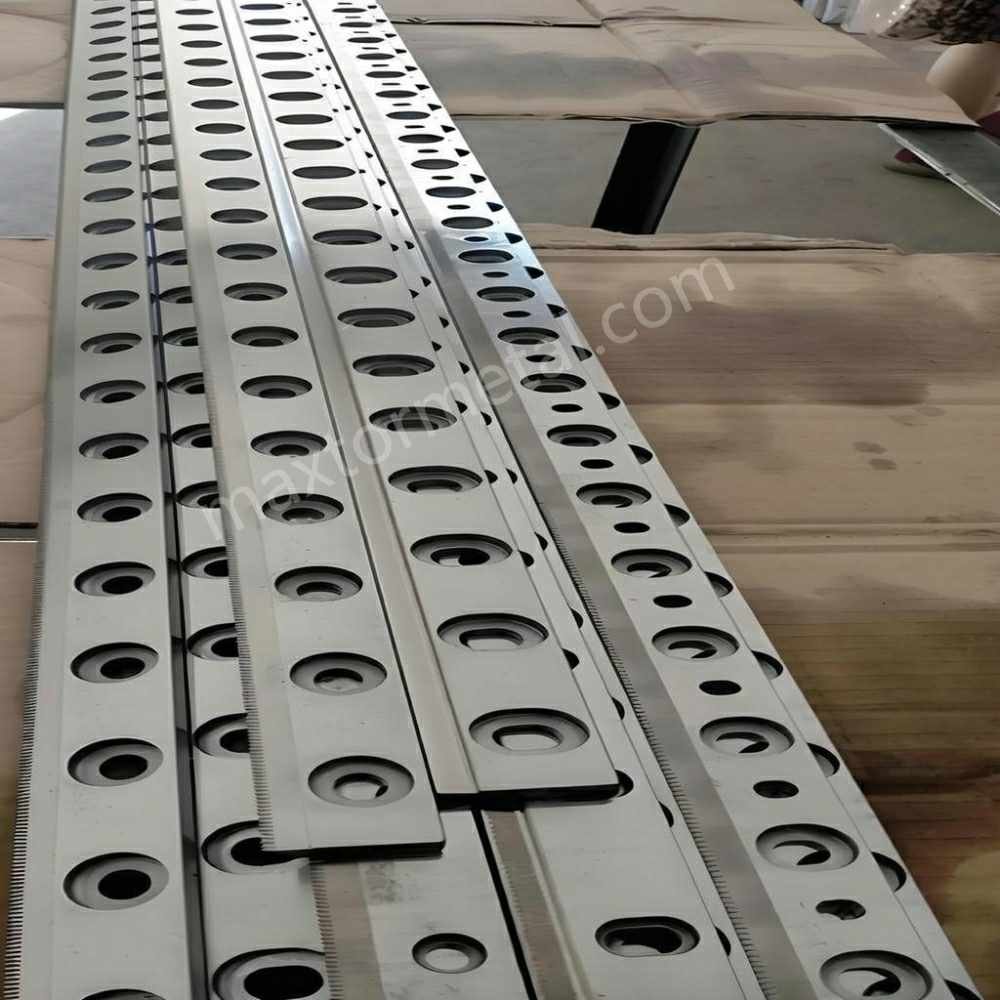
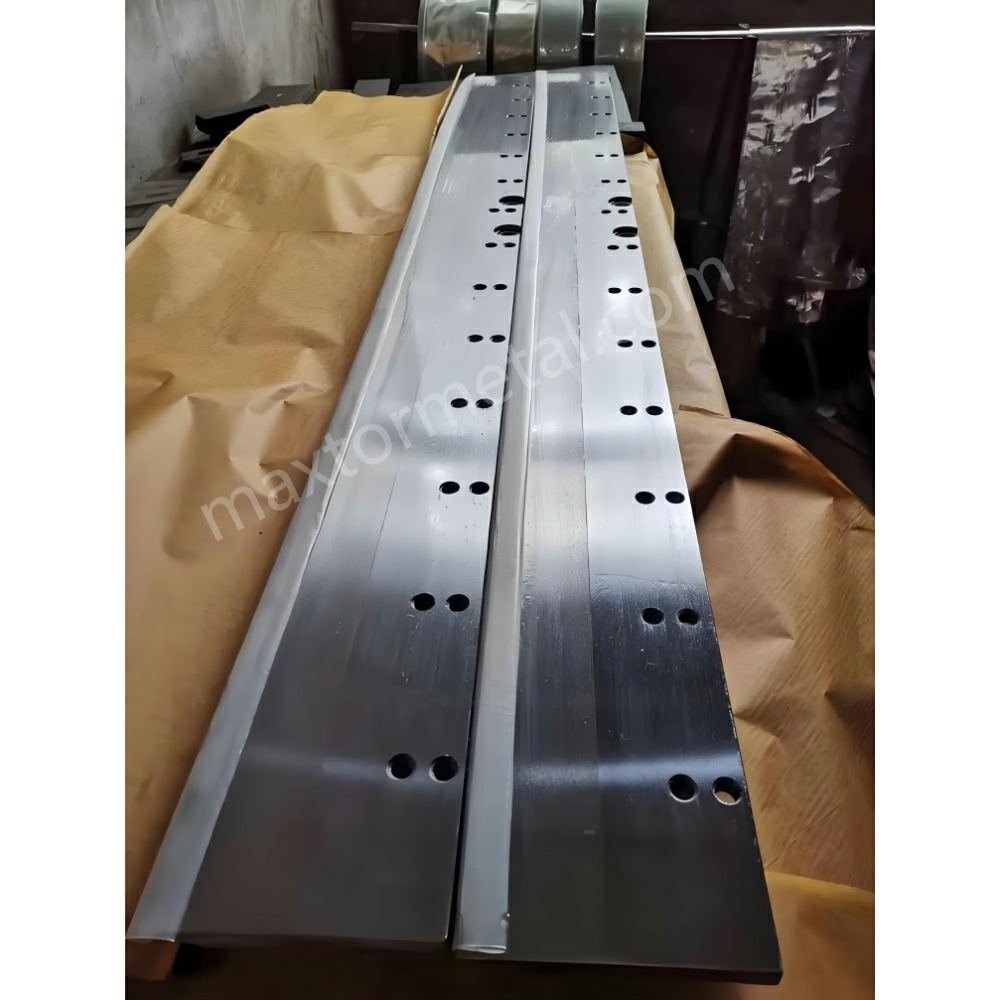
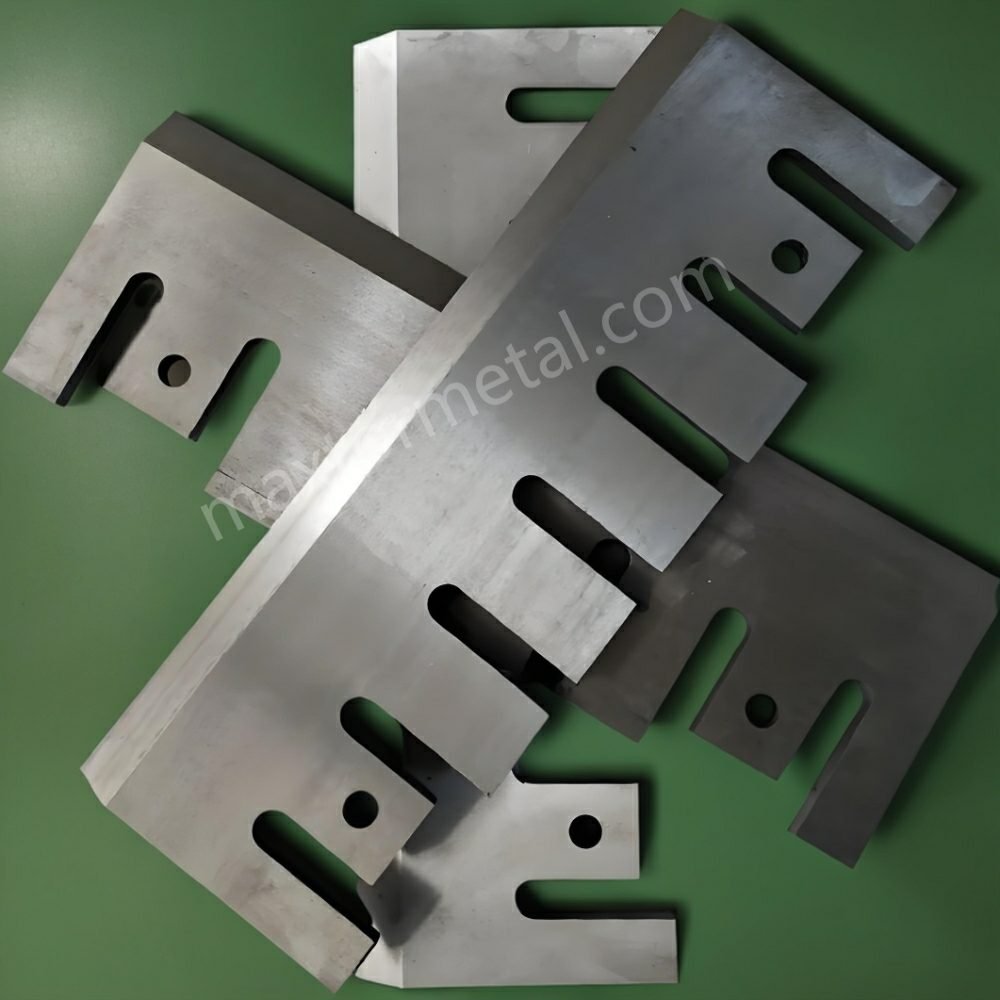
Nanjing Metal Industrial CO., Limited
Mingjue Industrial Park, Lishui, Nanjing, Jiangsu, China
Stay up to date with our latest news.